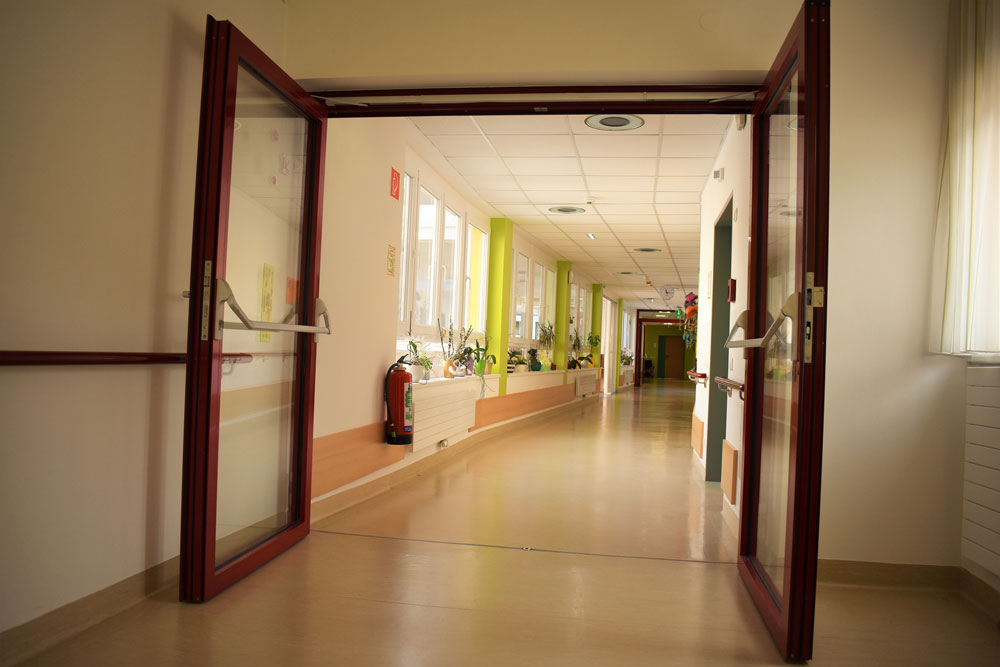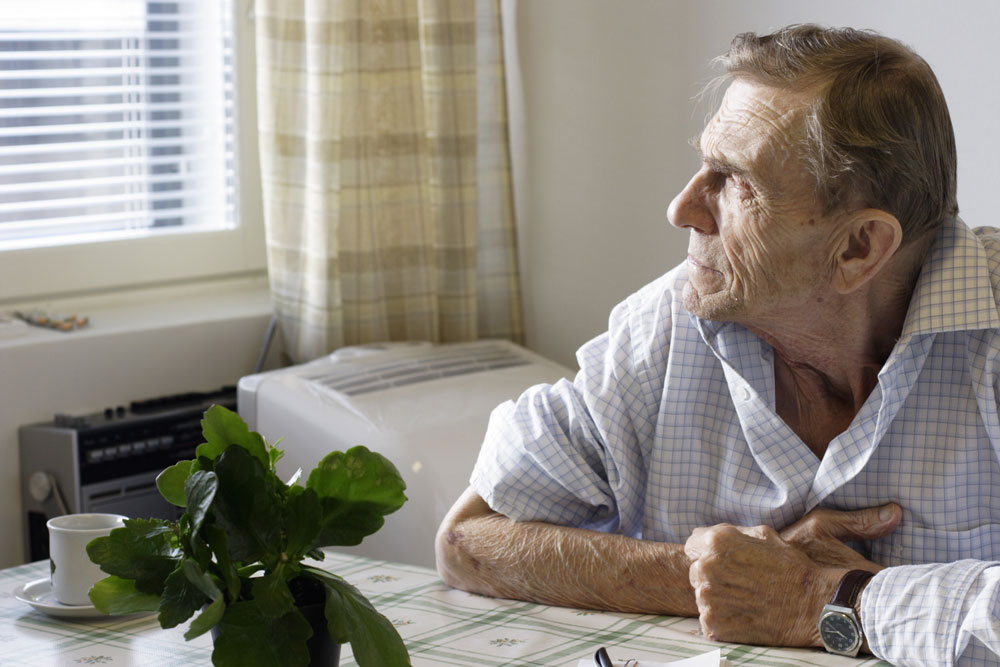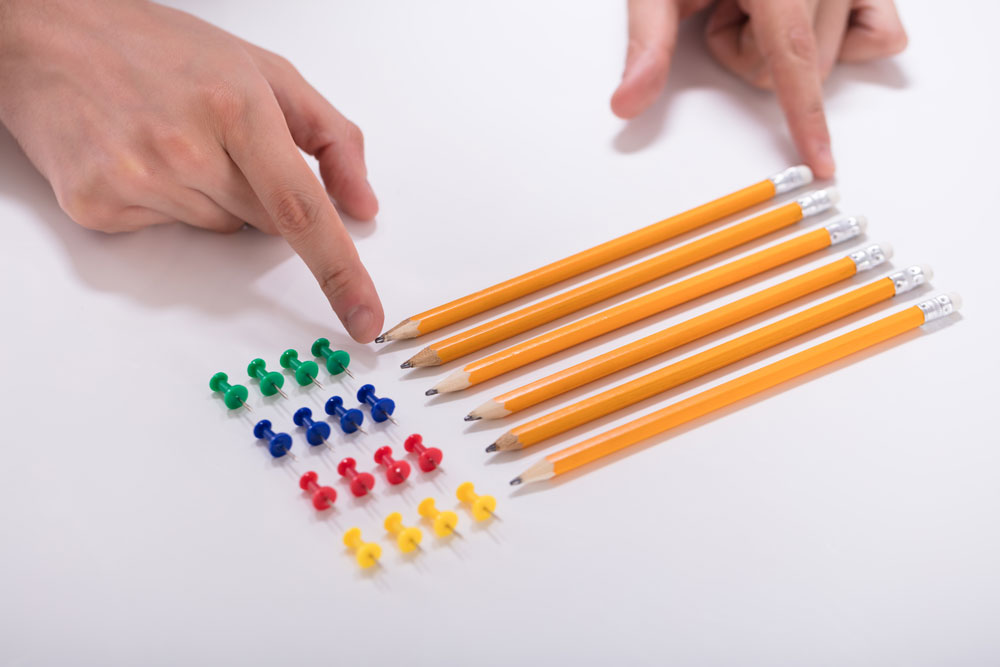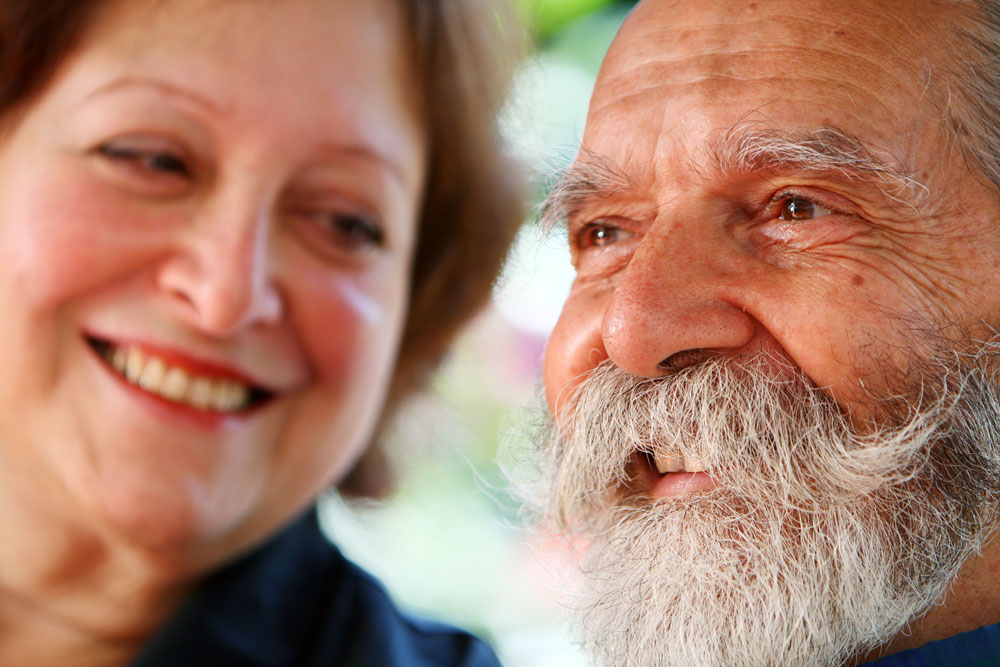The operation needs to have good routines when testing aids.
This article is written from a Swedish perspective. Hopefully, it can inspire those interested from other countries.
There is a risk that healthcare, in its effort to protect, infringes on people's freedom and rights. We regard all adults as legally competent. This also applies to those affected by dementia. Therefore, it is important to be receptive to all situations that can be perceived as coercion. Consent is important. If someone cannot communicate, it is often still possible to interpret the experience of, for example, a positioning belt.
 Foto: Mostphotos
Foto: MostphotosAdaptation to environment, protective measures and restrictions
Dear child has many names. Protective measures, restrictions, or environmental adaptation are all names for the same thing. Care and nursing are based on voluntariness, which means that staff do not have the right to take measures against anyone's will. The law is very clear on this point. Care and nursing are governed by SOL (Socialservice law) and HSL (Law of healthcare). Therefore, it is important to plan the care in such a way that the individual does not risk injury.
The only institutions that have the right to use force are psychiatric inpatient care and then based on the criteria that apply in the law on closed psychiatric coercive care (LPT). There is also coercive legislation when it comes to the law on care of young people (LVU) and the law on care of addicts (LVM). This means that in normal cases there is no legal support for restraint, locking up, or coercive measures unless it occurs as a one-off event in self-defense.
It is the resident's experience of the situation that determines whether it is coercion
There are a number of technical products that can be used to help the individual. For example, there are different types of alarms, positioning belts, bed rails and other things that, when used correctly, can be a good support for the care recipient. A coercive and restrictive measure can also be a measure taken against an individual's will and/or restricts their mobility. It can be about being forced to shower or eat. For the resident, coercive and restrictive measures are often experienced as offensive and negatively affect the person's dignity and self-esteem. It is always the care recipient's experience that governs.
Consent
In order to be able to use this type of measures, the individual must consent. The purpose should be to help the individual. It must not be introduced to compensate for deficiencies in the operation such as inadequate staffing. For people with dementia or who for other reasons have difficulty expressing their opinion, it may be difficult to obtain verbal consent. Then the person's reaction must show whether there is consent. In these cases, the question of consent cannot be handed over to relatives. Someone who sits and pulls on a positioning belt or tries to climb over a bed rail cannot be considered to have consented to the measure. If a resident climbs over the rail, it often results in serious fall injuries.
These issues are discussed in the team to make a balanced assessment of which measures best help the individual. Often these measures are about preventing fall injuries. The measures are documented in the care plan for fall injury prevention and evaluated regularly.
Efforts cannot be justified by staff shortages
Relatives, legal representatives, administrators, managers or licensed staff do not have the right to decide against the individual's will in this case. If the care identifies risks that cannot be managed by adapting the environment, the operation must allocate the staff needed to provide safe and secure care.
This also means that locked doors preventing the individual from getting out are a gray area. "The front door to a special form of housing can be locked, as is customary in most people's homes. The same applies to doors to departments and units. The lock must be designed so that the individual can unlock it himself. Using overly complicated locks that prevent the individual from opening the door is considered locking. However, the door can have a lock that takes some time to open. Alarms on the front door can be used to inform the staff that a person is about to leave the accommodation. The staff can then take care of the individual and sometimes divert the person through some suitable measure. If the individual for some reason cannot open the door himself, he or she must be able to get help from the staff to open it without delay."
Care staff:
- What do you do if someone is anxious, sad, and wants to get out of the unit?
- Do you have clear routines for how alarms, positioning belts, bed rails, and tray tables can be used?
- Do you talk about coercive and restrictive measures in the team?
- Are there gray areas where you are unsure if the resident feels forced?
- Do you get clear prescriptions for these measures? Do you get clear prescriptions when it comes to bed rails? Are you involved in the discussion about fall prevention measures for those who often fall?
Manager, nurse, occupational therapist and physiotherapist:
- How do you handle prescriptions for environmental adaptation?
- Do you have a consensus between the professions?
- Do situations arise where you feel pressured to prescribe measures?
- Do you have a well-functioning approach when it comes to prescriptions for environmental adaptation?
- Do you have good team cooperation around protective measures?
- Do you do written risk analyses? Is the prescription included in the care plan? Do you have a consensus on the issues?
Residents and relatives:
- How do you think about protective measures?
- Does your relative use bed rails, positioning belts or alarms?
- Were you involved when these were prescribed?
Read more:
Coercion and restrictions, on the Knowledge Guide.
Zero vision - for a dementia care without coercion and restrictions, an education package from the Swedish Dementia Center.
Erland Olsson
Specialist Nurse
Sofrosyne
Better care every day

Aktuellt i media
- 2025-12-29 04:00 08 Förebyggande o lokaler
-
2025-12-18 04:00
16 Sjukdom och död
Survivor conversations - an important element in working with next of kin
info Bild från Summer Stock
Bild från Summer Stock - 2025-12-15 04:00 17 Psykisk hälsa
- 2025-12-11 04:00 07 Riskhantering
- 2025-12-08 04:00 06 Dokumentation
- 2025-12-03 04:00 06 Dokumentation






